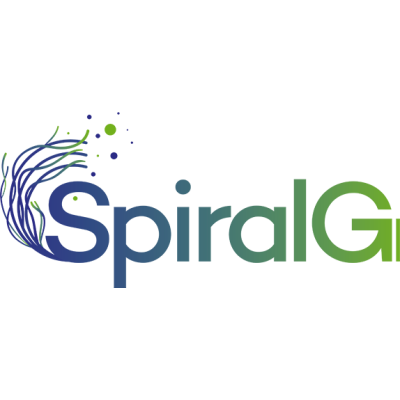
SpiralG
PRODUCTION OF PHYCOCYANIN FROM THE SPIRULINA ARTHROSPIRA SP. REVISITING THE SOURCING, EXTRACTION AND CO-VALORIZATION OF THE WHOLE ALGAE IN THE FRAME OF AN INDUSTRIAL BIOREFINERY CONCEPT

PRODUCTION OF PHYCOCYANIN FROM THE SPIRULINA ARTHROSPIRA SP. REVISITING THE SOURCING, EXTRACTION AND CO-VALORIZATION OF THE WHOLE ALGAE IN THE FRAME OF AN INDUSTRIAL BIOREFINERY CONCEPT
The aquatic environment is underexplored and underexploited, with huge potential value. A small number of these are microalgae, with the capacity to make the best use of light, to protect against light and deploy defence systems and molecules involved in chemical communication.
Microalgae are also among the fastest–growing plants on Earth, capable of doubling or even trebling their biomass daily. The SpiralG project aims to build an algal biorefinery on a demonstration scale. This will take one of these microalgae and use it to produce several metric tonnes of phycocyanin per year. Phycocyanin is a pigment widely used in the pharmaceutical, cosmetic and food industries.
As individual algae can produce a number of valuable products, the overarching objective of the SpiralG project is to build an algal biorefinery capable of taking advantage of the various components and their intermediate metabolites, and hence maximising the value derived from the biomass feedstock. More specifically, SpiralG intends to build a demonstration plant with an anticipated production capacity of several MT of phycocyanin per year and tentatively a few MT of enriched amino-acid and carbohydrates co-products.
Each project partner has its own specific objective:
The SpiralG project expects to deliver the following impacts: